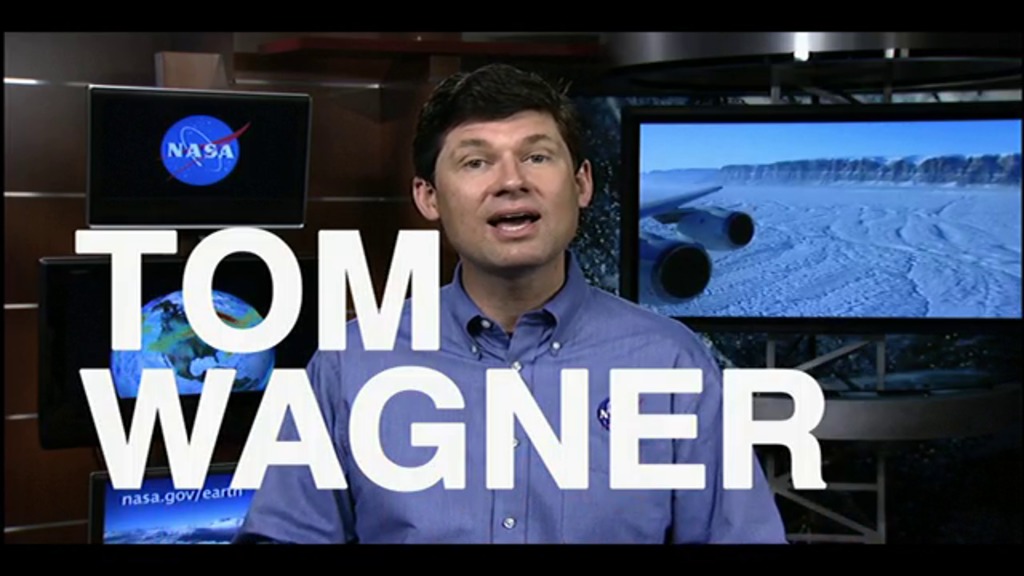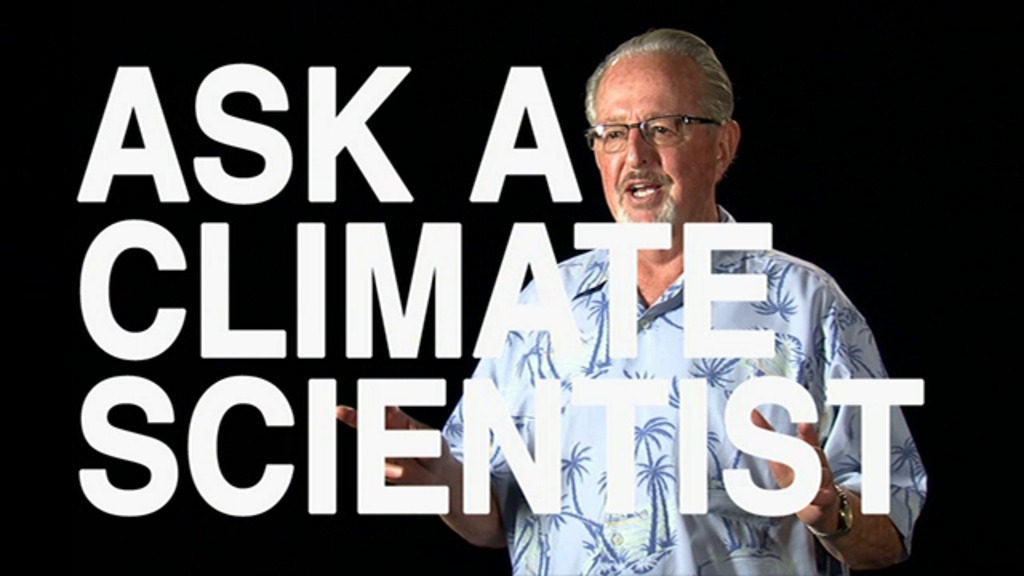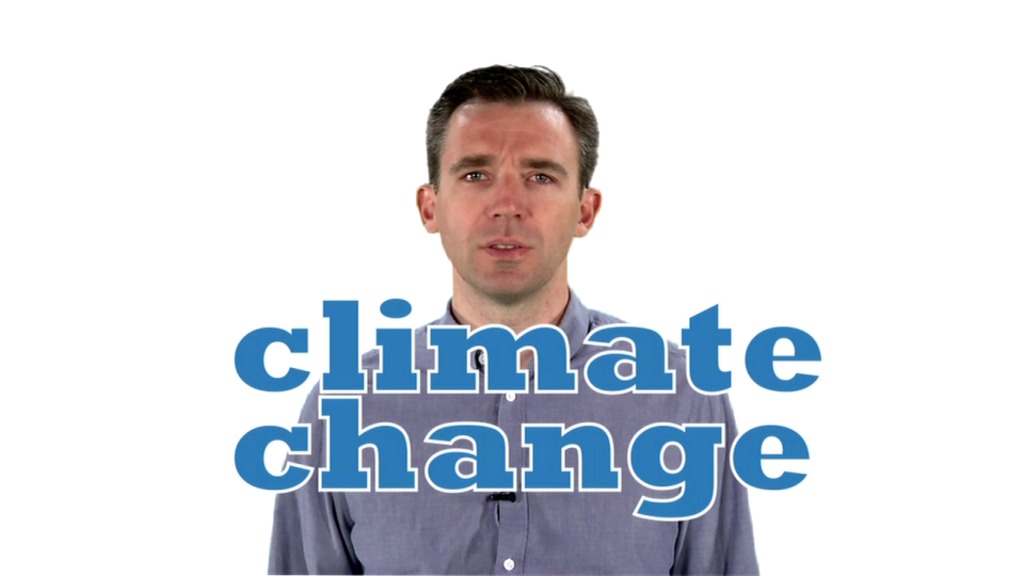Ask A Climate Scientist - Thinning Ice Sheets
Dr. Kelly Brunt explains that Greenland's ice sheet is thinning, and while it is still over 10,000 feet thick, the melt water is contributing to sea level rise.
For complete transcript, click here.
How can Greenland's ice sheets still be more than 10,000 feet thick, if carbon dioxide is warming the planet?
This was the question posed to polar scientist Kelly Brunt as part of NASA's Ask A Climate Scientist series.
According to Dr. Brunt, this is a great question because it addresses the concept of thickness, which is very important to polar scientists. It is easy to see that the ice sheets and sea ice are changing horizontally, covering less and less of the polar regions. But the ice is also thinning, getting smaller vertically.
Dr. Brunt compares the situation to walking outside on a really cold day. When the air temperature is very cold, it will still take a while for her core body temperature to drop. Her skin may be chilly, but it will take time for that cold to work deep inside.
Conversely, Greenland's ice is very thick and only the outer layer is experiencing the warming temperatures. But that layer is melting more often and a little bit of melting over such a large area produces a lot of extra water contributing to sea level rise.
See more of NASA's answers to your questions on climate science.
Credits
Please give credit for this item to:
NASA's Goddard Space Flight Center
-
Producer
- Matthew R. Radcliff (USRA)
-
Scientist
- Kelly Brunt (Earth System Science Interdisciplinary Center/University of Maryland)
-
Editors
- Michael Randazzo (Advocates in Manpower Management, Inc.)
- Matthew R. Radcliff (USRA)
Series
This page can be found in the following series:Tapes
The media on this page originally appeared on the following tapes:-
Ask A Climate Scientist
(ID: 2013077)
Wednesday, September 4, 2013 at 4:00AM
Produced by - Walt Feimer (HTSI)
Release date
This page was originally published on Wednesday, September 16, 2015.
This page was last updated on Wednesday, May 3, 2023 at 1:49 PM EDT.





